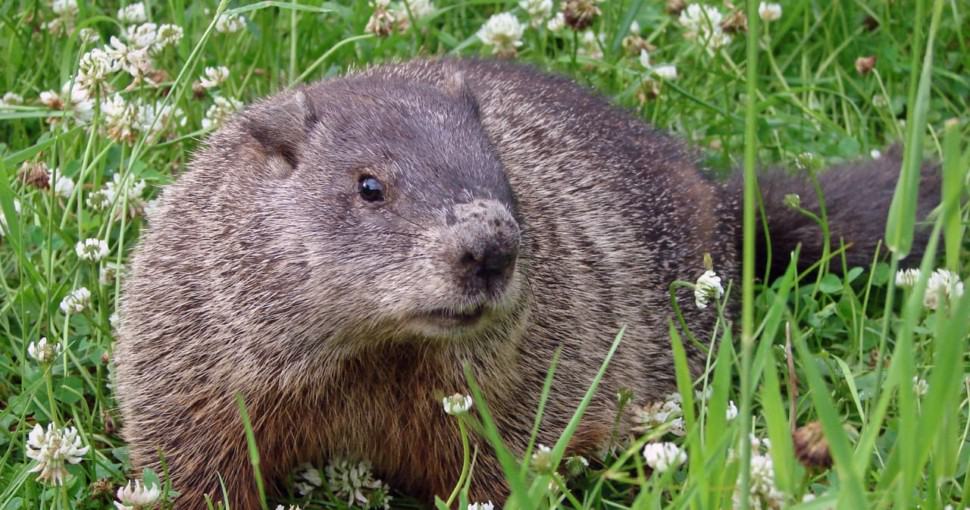If your garden has received the attention of a groundhog, also known as a woodchuck, you know that they can wreak havoc. You may have tried various control methods, and now you’re wondering: are there groundhog-resistant plants?
Contents
You can plant certain plants in your garden to deter groundhogs. These plants are groundhogs resistant:
- Toxic bulbs
- Scented ornamentals
- Herbs
- Plants that attract butterflies
- Indigenous plants
- Resistant shrubs
- Toxic perennials
- Certain vegetables
Whether it’s because you don’t want to use toxic chemicals to fumigate groundhog burrows or the topography of your property makes trapping impossible, you may well be in search of an alternative way to control groundhogs.
Let’s examine these plants in more detail to understand why they deter groundhogs.
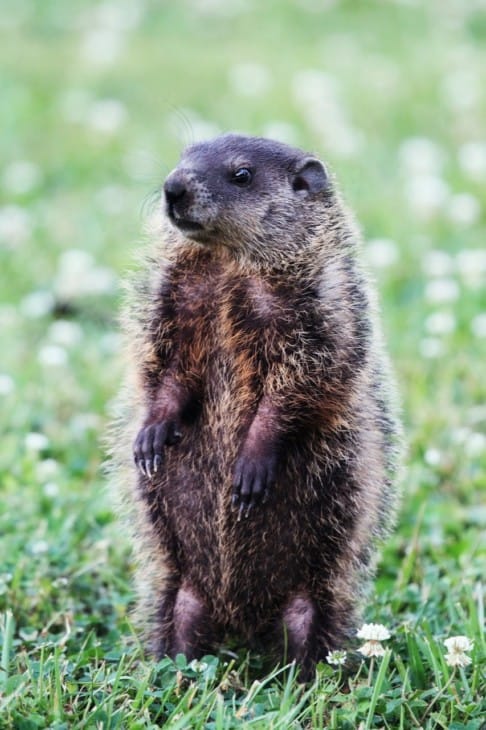
1. Toxic bulbs
Daffodils are attractive perennial bulbs, generally with white or yellow flowers. There are more than 40 species, all of which contain poisonous crystals in their structure. Animals, including groundhogs, instinctively avoid eating these plants.
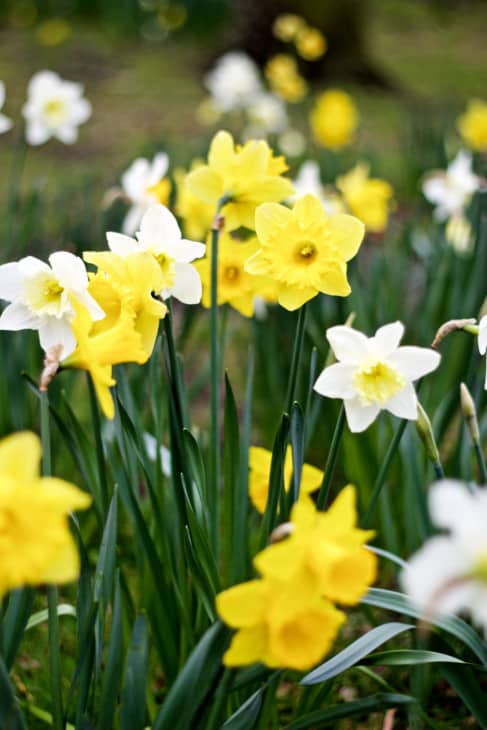
Irises, whether native irises or exotics such as bearded irises, are also toxic if ingested, and animals such as groundhogs avoid them. Plant swathes of irises to create a barrier between these critters and your more vulnerable plants.
Anemone or windflower is another flowering bulb, available in a range of colors from purple and red to white, which is attractive to us while being toxic to animals. Groundhogs will give it a wide berth, so it is practical to plant as a barrier.
2. Scented Ornamentals
The smell of scented geraniums, such as rose-scented geranium, is off-putting to groundhogs. Planting these geraniums will not only provide you with a lovely display of blooms it will also keep the critters away from other plants in your perennial border.
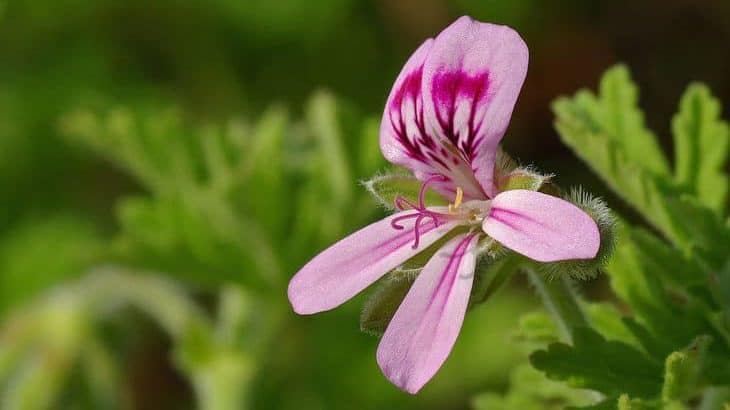
Although we find the scent of lavender appealing, it repels groundhogs. Planting lavender near plants that may be vulnerable to groundhog attacks will help to deter them. A bonus is that you will have masses of lavender flowers!
Strongly-scented flowers such as ornamental onion will also deter groundhogs while providing a beautiful display of flowers and drawing butterflies to your garden.
3. Herbs
Many other scented herbs, such as mint, catmint, bee balm, basil, sage, oregano, thyme, chives, and garlic chives, will repel groundhogs. Scattering your herb plants among your tender veggies is a way to take traditional companion planting to the next level in repelling groundhogs.
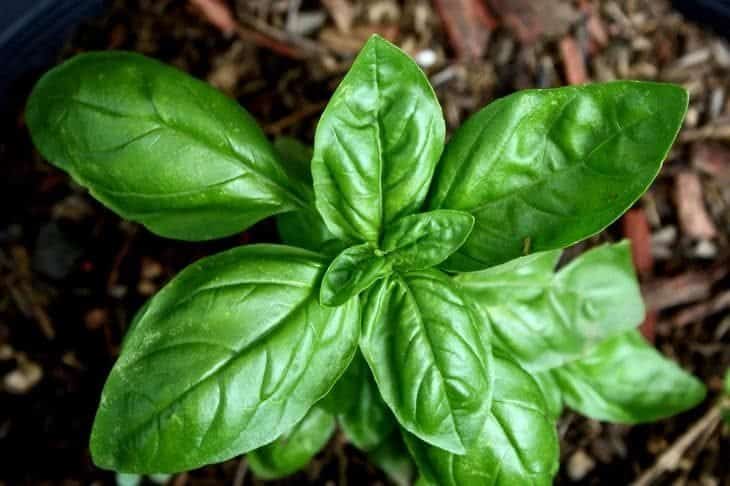
Groundhogs particularly love to eat tomatoes. The traditional companion planting combination of tomatoes and basil is also effective to deter groundhogs from eating your tomatoes.
Marigolds are traditionally planted with vegetables to deter insect pests. However, their intense scent is also off-putting to critters such as groundhogs. So planting these flowers in your veggie patch is a two-for-one solution. Plus, you get beautiful blooms.
4. Plants That Attract Butterflies
Butterfly weed is a species of milkweed. Milkweeds are generally poisonous, and mammals such as groundhogs will avoid them. However, as the name suggests, butterfly weed is attractive to butterflies. So you will not only repel a pest, you will attract beautiful butterflies!
Larkspurs not only provide dramatic spikes of blue, purple, or white flowers, they also draw butterflies. But they are toxic to mammals, and though groundhogs may try nibbling on them, they will soon learn to avoid them and leave the area alone.
Yarrow has fragrant, finely-divided leaves that are unappealing to groundhogs, and although they may occasionally eat them, they will not make a habit of it. Their flattened clusters of pink, red, yellow, or white flowers are sure to draw butterflies to your garden.
5. Indigenous plants
Cheerful perennials in the daisy family, coneflowers will brighten up your flower border while being unattractive to groundhogs. You can scatter these among more vulnerable plants in a meadow or prairie garden to help deter groundhogs from the patch.
Also known as blue star, pointed blue-eye, and eye-bright, Amsonia is a (blue) perennial that grows across most of eastern and central North America. It will brighten up your meadow garden with white or bluish-purple flowers with yellow centers while deterring groundhogs.
Daylilies will provide a mass of bright color in dry borders while deterring groundhogs. For another meadow option, try gaura, also known as butterfly bush.
6. Resistant shrubs
It’s not only the smaller plants that can deter groundhogs. There are also several shrubs and trees that you can plant, both evergreen and deciduous. Most of these are either toxic or, at best, extremely unpalatable to groundhogs and other critters.
Evergreens you can plant are Colorado blue spruce, juniper, and pine trees, as well as everyone’s Christmas favorite: holly. These plants are either too tough or contain too many unpalatable substances to appeal to groundhogs and can serve as a barrier.
Deciduous, groundhog-resistant species include European privet, lilac, forsythia, and wisteria. An additional benefit of planting wisteria is that it will draw bees to your garden to pollinate your flowers – just don’t get stung. Also, be aware that privet berries are poisonous.
7. Toxic perennials
Foxgloves provide showy spikes of bell-shaped flowers for a woodland garden and deter groundhogs and attract hummingbirds. Just bear in mind that these plants are highly toxic for humans and pets, too.
In the depths of winter, not is flowering. But hellebores, also known as Christmas roses, can be relied upon to put on a show. They also multiply readily from seed. And as a bonus, they will deter groundhogs.
Artemisia or wormwood offers attractive, frilly gray foliage, making it a useful border plant. Because it is mildly poisonous, groundhogs leave it alone. Some select cultivars offer silvery foliage.
8. Certain vegetables
Certain vegetables such as onion and fennel actively repel groundhogs due to their pungent smell. Mixing them up among your other, more tender vegetables such as corn, peas, and tomatoes will help deter groundhogs.
Groundhogs also seem not to like beetroot, so if you are partial to this vegetable, consider planting it as a barrier against groundhog incursion. Despite being in the same family as their favorites, tomatoes; potatoes are also unpalatable to groundhogs.
Just be sure when you plant potatoes not to keep growing them in the same spot to prevent the build-up of nematodes that can destroy your potato crop (and other plants in the same family).

